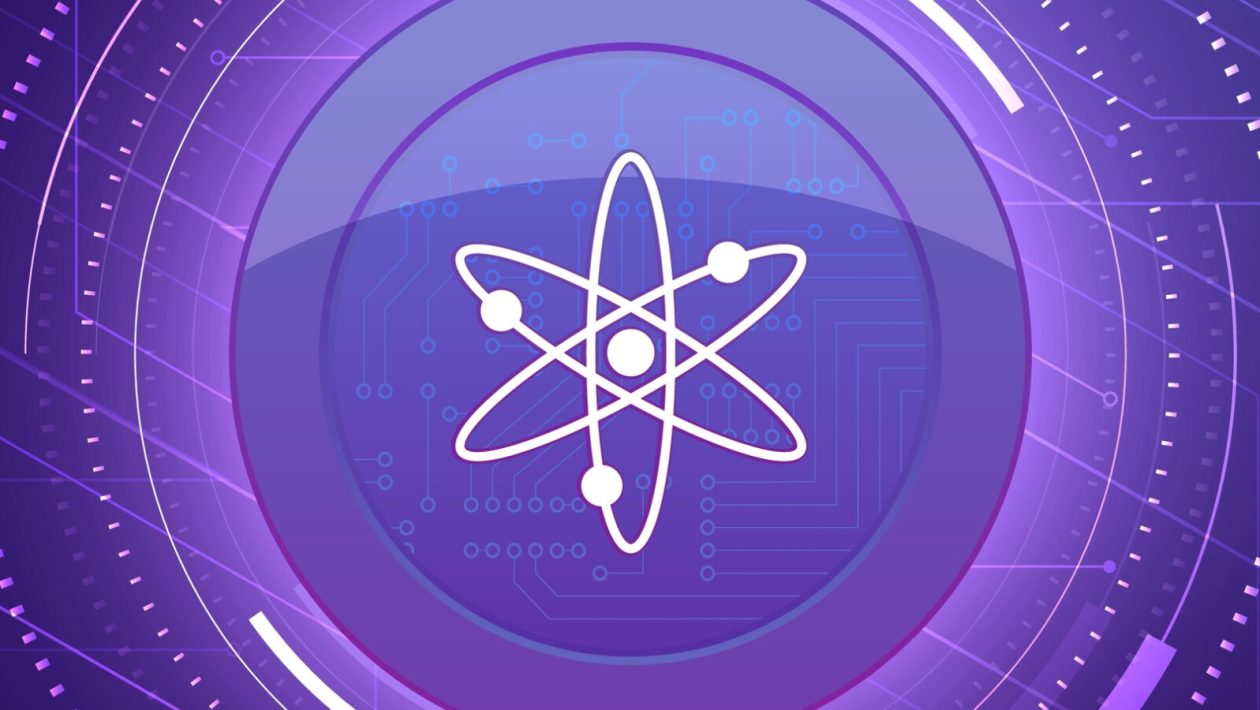The Cosmos whitepaper offers valuable insights into the innovative blockchain platform’s vision, technical innovations, and token economics. This article explores the key takeaways from the whitepaper, shedding light on the significance of Cosmos in the evolving blockchain landscape. Through the instructive content offered on ImmediateGrowth, you may discover more information about bitcoin and other cryptocurrencies.
Overview of the Cosmos Whitepaper
The whitepaper begins by introducing the need for a multi-chain ecosystem, where different blockchains can communicate and interact seamlessly. The Inter-Blockchain Communication protocol is highlighted as the key technology enabling secure and trustless transactions between heterogeneous chains.
Moving forward, the whitepaper explores the token economics of Cosmos, with a particular focus on the ATOM token. This native token plays a vital role in the Cosmos Network, serving as a staking token that allows token holders to participate in network consensus and governance decisions.
One of the significant technical innovations described in the whitepaper is the Tendermint consensus algorithm. This Byzantine Fault-Tolerant (BFT) consensus protocol provides fast finality and security across the Cosmos Network. It forms the foundation of the Cosmos Hub, which acts as the central hub for interchain communication.
Another innovative concept introduced in the whitepaper is the notion of zones and hubs. Zones are sovereign blockchains that operate independently but remain interconnected through the Cosmos Hub. This architecture enables scalability by allowing parallel processing across multiple zones, fostering a vibrant ecosystem of interconnected blockchains.
Overall, the Cosmos whitepaper presents a comprehensive overview of the project’s technical innovations, token economics, and the vision for a network of interoperable blockchains. It provides valuable insights into the underlying technology driving the Cosmos Network and its potential impact on the blockchain industry.
Cosmos (ATOM) Token Economics
ATOM serves as the native cryptocurrency of the Cosmos Network, and it plays a crucial role in securing the network through a proof-of-stake (PoS) consensus mechanism. Token holders have the opportunity to stake their ATOM tokens, effectively locking them up as collateral to validate transactions and secure the network. In return for their participation in the consensus process, stakers are rewarded with additional ATOM tokens.
Beyond its role in network security, the ATOM token also has governance capabilities within the Cosmos Network. Token holders can participate in on-chain governance by proposing and voting on network upgrades, protocol changes, and parameter adjustments. This democratic approach ensures that decision-making power is distributed among token holders and allows for the evolution and adaptability of the Cosmos Network.
The value of the ATOM token extends beyond its utility within the network. As the Cosmos ecosystem grows and gains adoption, the demand for ATOM tokens may increase. Token holders can benefit from the potential appreciation in value as the network expands and the demand for ATOM grows.
Moreover, the Cosmos whitepaper outlines the potential impact of the ATOM token on the broader cryptocurrency market. As an interoperable blockchain platform, Cosmos facilitates the transfer of assets between different chains. This functionality opens up new opportunities for cross-chain transactions, liquidity provision, and the creation of decentralized applications (DApps).
Technical Innovations in Cosmos
One of the primary technical innovations highlighted in the whitepaper is the Tendermint consensus algorithm. This Byzantine Fault-Tolerant (BFT) consensus protocol offers fast finality and security across the Cosmos Network. Tendermint enables blockchains within the Cosmos ecosystem to achieve consensus efficiently and reliably, ensuring the integrity of transactions and the overall network.
Another significant innovation is the concept of zones and hubs. Zones represent independent and sovereign blockchains that can operate autonomously within the Cosmos Network. These zones can have their own consensus mechanisms, governance models, and application logic. However, what sets them apart is their ability to interconnect and communicate through the Cosmos Hub, which serves as the central hub for interchain communication.
Furthermore, the whitepaper presents the concept of sovereign blockchains, which aligns with the philosophy of self-sovereignty and independence. Each zone in the Cosmos Network has its own governance and decision-making processes, allowing participants to have control over their respective chains. This innovative approach empowers developers and communities to tailor their blockchains to specific needs and use cases, fostering innovation and customization within the network.
The Cosmos whitepaper also emphasizes the importance of interoperability in the blockchain space. The Cosmos Network enables secure and seamless communication between different blockchains through the Inter-Blockchain Communication (IBC) protocol. This protocol allows for the transfer of assets, data, and logic across heterogeneous chains, facilitating interoperability and collaboration.
Conclusion
In conclusion, the examination of the Cosmos (ATOM) whitepaper has revealed the groundbreaking technological advancements, token economics, and interoperability features that set it apart in the blockchain space. By emphasizing the importance of a multi-chain ecosystem, introducing novel consensus algorithms, and facilitating seamless communication between blockchains, Cosmos paves the way for a future of decentralized systems.





